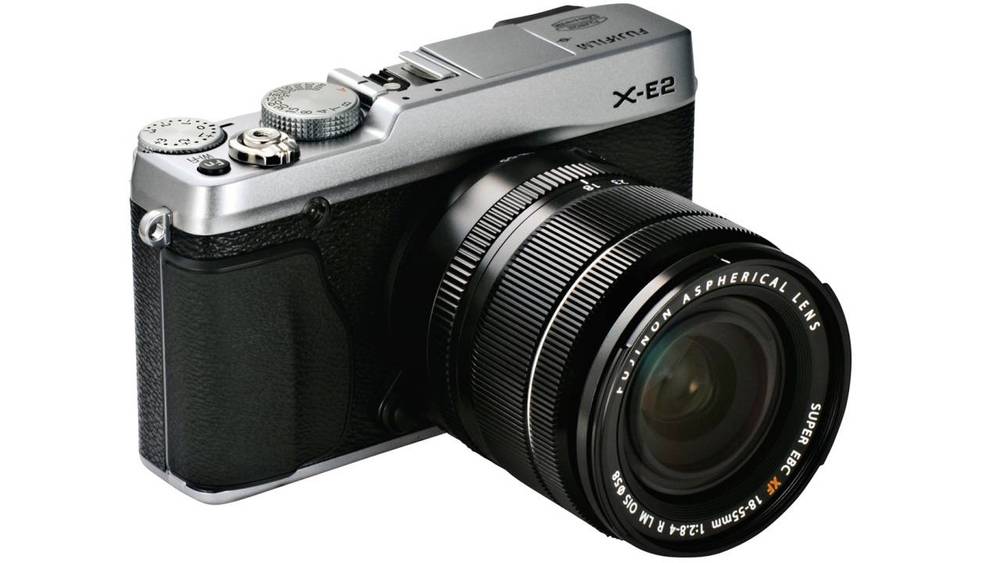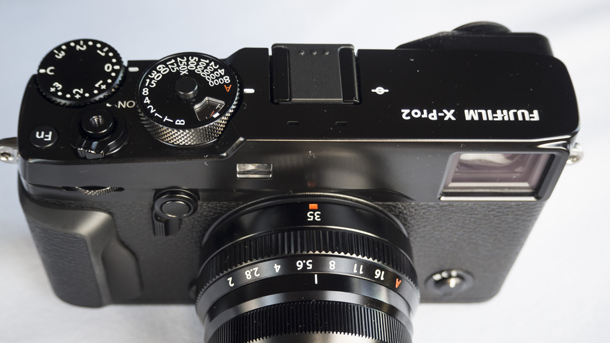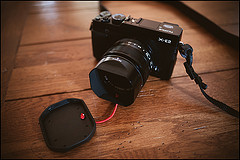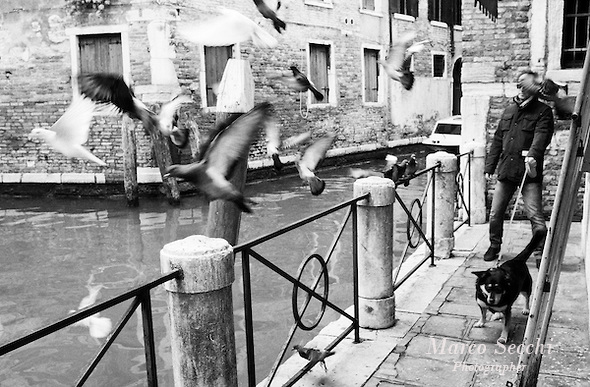Leica CL
/Here's a new Leica camera!!
Leica has now revived the old "CL" that use to stand for Compact Leica and was in my view an amazing camera.
I miraculously managed to try one for less than an hour, while a colleague passed in Venice... and no thanks to Laica Italy or UK that despite my vast collection of Leica never, even by mistake invites me for a try. I am now more than used and it gives me freedom of opinion. I decided not to publish any images because will be unfair. 20min are not enough to properly try a camera. Mine are simple considerations and feelings.
I have quite a few Leica (see mygear) and love them to bits, I used them every day and I am really passionate. I do Leica workshops so I do tend to usually like them...but I have one tiny problem with the CL. And that is: why in the world would anyone ever buy one?
It makes no rational sense at all if you compare it, for instance, the CL with the Sony A6000 or Fuji X70 or XE3. The CL is a pretty, small and handy little digital camera with a 24-MP sensor. The Sony A6000 is a perfectly small and handy little digital camera with a 24-MP sensor too and IS MADE by the company that makes the sensor as well. The tiny difference is that the Sony is currently on sale for EUR 434 on Amazon (without a lens, but a lens will add just a bit more ) and the Leica CL with 18mm is going to sell for...EURO 3,600. We are talking about EIGHT Sony!!!
The 18 f/2.8 does not in any way feel, look, or perform like Leica glass that I have come to love. It’s a few ounces in weight, feels empty.
Using M lenses on the CL comes at a price! The “Adapter” is mega expensive. and I really mean Expensive aprox Euro 450
The CL camera in my quick test does not offer the richness of a full frame file like the M10
I wish Leica would just give us what many of us want…a full frame M type body with a built-in EVF.
Like the Leica TL2, the CL is not technically weather or dust sealed ( My Fuji are! )
The reconfigurable top dials look and feel cheap.
So who is going to buy this camera?
- You do not mind about the cost of the camera. You have so much money in your bank that it makes no difference to you.
- You are mainly after the status and the exclusivity, not to mention the prestige
- You WANT IT and in less than 30 days is Christmas


















